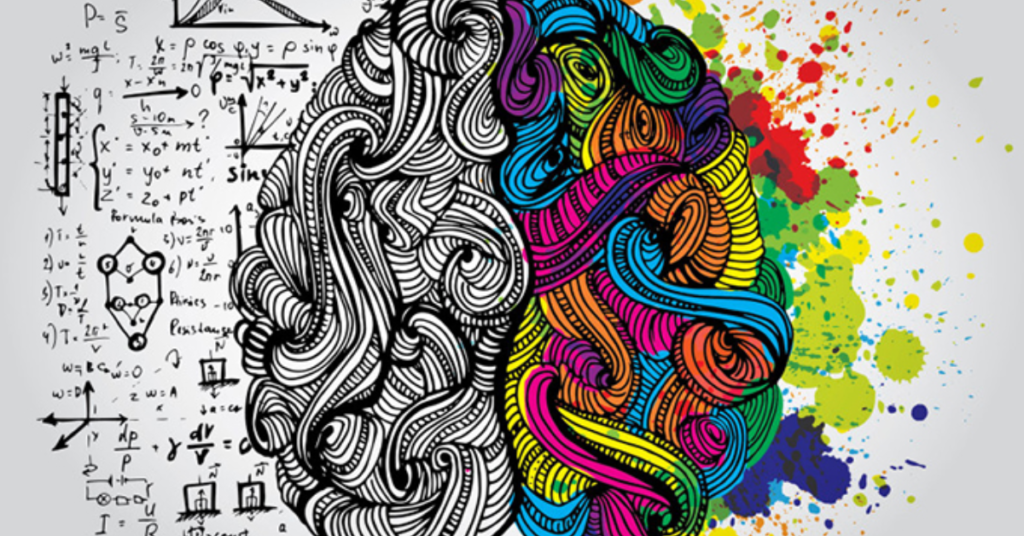A Quiet Revolution in India’s Classrooms
In the past decade, a quiet revolution has been taking shape in India’s schools. More teenagers than ever before are opting for the Arts stream after Class 10, reflecting a generational shift in how success and ambition are defined.

According to the Ministry of Education, the number of students choosing Arts rose from 30.9 lakh in 2012 to nearly 40 lakh in 2022 — an increase that signals a growing confidence in the Humanities. Once dismissed as the “last resort” for students who couldn’t qualify for Science or Commerce, Arts has become a deliberate and aspirational choice for many drawn to psychology, law, design, media, and public policy.
Social media exposure, global university collaborations, and the rise of new-age liberal arts institutions have contributed to this shift. “Students today are more aware of unconventional careers. They see psychologists, filmmakers, and communication strategists building strong professional identities,” says Ananya Sharma, a Delhi-based career counsellor. “It’s no longer just about marks; it’s about meaning.”
A Generation Choosing Passion Over Pressure
The pandemic played an unexpected role in this transformation. It blurred the boundaries between what’s considered a “stable” or “unstable” career. Families watched engineers face layoffs while creators, educators, and analysts built independent careers online. This disruption made parents rethink the Science-equals-security formula that had shaped Indian middle-class aspirations for decades.
At the same time, India’s expanding liberal arts universities — such as Ashoka, FLAME, Krea, and Ahmedabad University — have given Humanities a prestige reboot. With interdisciplinary programs, industry internships, and research exposure, these colleges have positioned Arts not as a fallback, but as a future-facing discipline.
Graduates from such institutions are now finding opportunities in consulting, development organisations, think tanks, and even technology companies that value narrative thinking and design intelligence.
Mapping the Post-Arts Career Path
So, where do Arts students go after Class 12?
Many pursue degrees in psychology, law, international relations, English literature, journalism, or design. Some head straight into civil services preparation, where UPSC remains the ultimate destination for Humanities graduates. Others enter emerging digital sectors such as content creation, UX research, policy communication, and brand strategy, where storytelling and emotional intelligence are invaluable.
AI’s growing influence in sectors like media, education, and psychology has also created a demand for professionals who understand both human behaviour and data ethics. For instance, AI-assisted therapy, behaviour analytics, and communication design now offer lucrative roles for Arts graduates trained in research and empathy.
The STEM Dream Still Dominates
However, the landscape remains uneven. STEM disciplines — Science, Technology, Engineering, and Mathematics — continue to dominate India’s academic and professional ecosystem.
Exams such as JEE and NEET collectively attract over 30 lakh applicants every year, while MBA entrances like CAT remain aspirational for students across streams. Engineering and medicine still define “success” in most Indian households, reinforced by the perception of job security and higher salaries.
A TeamLease survey found that STEM graduates comprise nearly 70% of campus placements in India’s top-tier firms. This imbalance isn’t purely academic — it’s cultural and economic. “Even Arts students eventually gravitate toward MBAs because that’s where hiring and salaries are strongest,” says Kavita Rao, a Bengaluru-based career advisor. “The Humanities are gaining respect, but they haven’t yet matched India’s obsession with measurable outcomes.”
Education Systems Catching Up
India’s education policy is beginning to recognise this shift. The National Education Policy (NEP) 2020 promotes multidisciplinary learning, encouraging students to combine Humanities with technical and vocational subjects. Many universities now offer hybrid programs — for example, Economics with Data Science or Philosophy with AI Ethics — blending creativity with computational thinking.
Yet, experts argue that employers must evolve alongside institutions. Recruiters continue to prioritise engineers even for roles in management, consulting, or communication — areas where Humanities graduates could excel if given equal access.
“Arts graduates bring systems thinking, writing skills, and ethical sensitivity — traits that are vital for leadership in the AI age,” notes education researcher Dr. Ramesh Pillai. “But until companies diversify their hiring lens, India’s talent potential will remain underutilised.”
AI and the Humanities: The Next Frontier
Artificial Intelligence is paradoxically creating more room for the Humanities. As machines automate data-heavy tasks, skills rooted in creativity, ethics, and communication are becoming more valuable.
Fields such as media, design, and psychology are being transformed by AI tools — from automated video editing to emotion-recognition algorithms. Arts graduates who understand both human context and technological impact are now in demand as AI ethicists, digital storytellers, and cultural researchers.
“AI can’t replace empathy or storytelling — two things that lie at the heart of the Humanities,” says Mehta, an education technologist. “The future of innovation lies in the overlap between STEM and Arts — where data meets design.”
Cultural Respect, Economic Recognition
Despite visible progress, the prestige hierarchy in India’s education system persists. The IITs, AIIMS, and IIMs still dominate national aspiration, while Arts graduates often have to justify their career choices. Until Humanities education receives the same institutional support, the Arts boom may remain more cultural than economic.
However, Gen Z seems determined to rewrite that narrative. They are choosing passion over pressure, creativity over conformity, and purpose over paychecks. The Arts stream is no longer a safety net — it’s a launchpad for flexible, future-ready careers that prize curiosity and emotional intelligence as much as technical expertise.
The Road Ahead
For India to truly harness this wave of change, policymakers, universities, and employers must align. Strengthening career guidance, funding interdisciplinary programs, and creating equitable hiring pathways for Humanities graduates are essential steps.
Because the future won’t belong to STEM or Arts alone — it will belong to those who can blend both.
Also Read: https://thenewstudent.com/ai-rebuilding-future-of-civil-engineering-india/
https://www.indiatoday.in/india/story/rahul-gandhi-vote-chori-charge-brazilian-model-haryana-village-voted-congress-2814644-2025-11-06